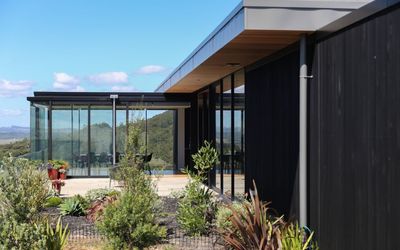Under the Building Code, flat roofs must be designed to shed water. Falls are regulated depending on the type of roofing. Metal roofing profiles can be used to a minimum of three degrees. Beyond that, only membrane systems can be used and these are regarded as flat roofs.
The fall is most commonly expressed as a ratio, such as 1 in 80, or as an angle, although it is sometimes convenient to describe it in terms of a percentage slope where 1 in 100 is 1%. This is convenient for calculation as it expresses the fall in centimetres per metre run.
Flat roofs do need a fall, and the minimum fall in New Zealand has until recently been two degrees (1:30 ratio) and 1:100 in the gutters. Recent membrane testing and technology allows some systems to work at lower falls. This creates an impact on the design scenarios in which the overall roof buildup has a height limitation.
Gutter minimum remains at 1:100 fall.
Structural falls
Falls may be formed in the roof structure or can be created within the roofing system above the substrate. Falls in the structure can be achieved by adjusting the height of supporting beams or purlins, by using tapered supports, or by the addition of firing pieces before the substrate is laid.
The latter method is normally used with decks such as plywood, pre-cast concrete and metal decking. In the case of an in-situ cast concrete slab, falls are normally provided by using a separate screed.
Falls in insulation
Pre-formed tapered insulation products provide both thermal performance and drainage falls. They are of particular importance for reroofing existing roofs, many of which do not have sufficient falls and often do not have sufficient insulation.
Pre-formed tapered insulation is also useful in situations where a horizontal substrate is needed for other reasons such as on a horizontal, internally exposed roof structure.
Tapered insulation can provide falls in one direction to a gutter or level valley, or in two directions to form falls and crossfalls. Any intersection in the boards should be at 45° to avoid complex geometries during installation. The below example used falls from tapered insulation boards.
PIR products are appropriate in these situations. Non-PIR products such as Expanded Polystyrene (EPS) have been used in the past but carry the risk of low performance around fire, compression, moisture absorbency and environmental factors.
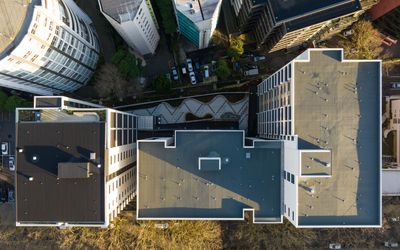.png)
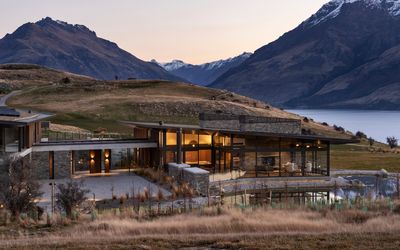
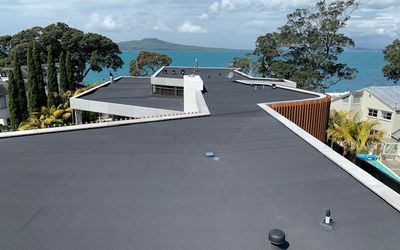
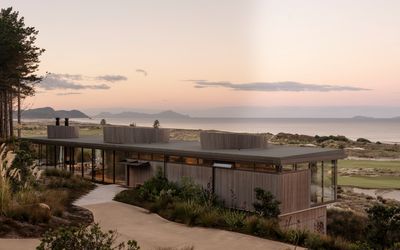
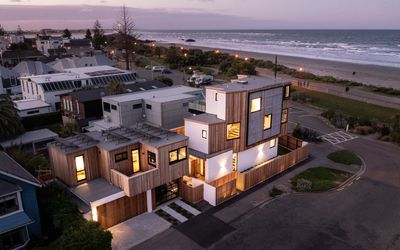
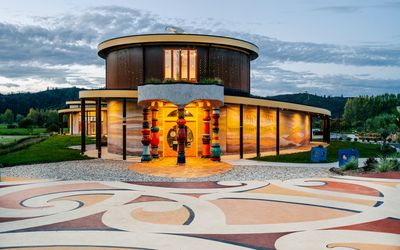


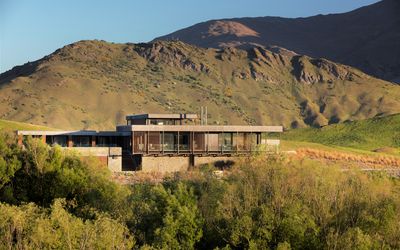

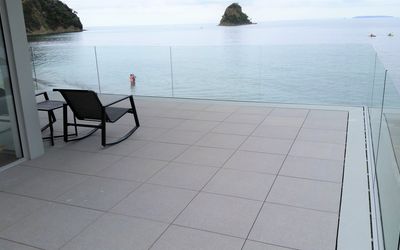
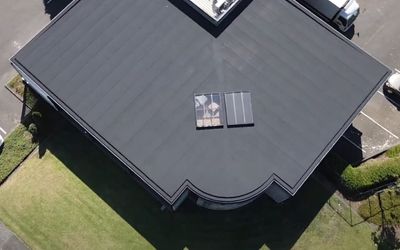

.jpg)

